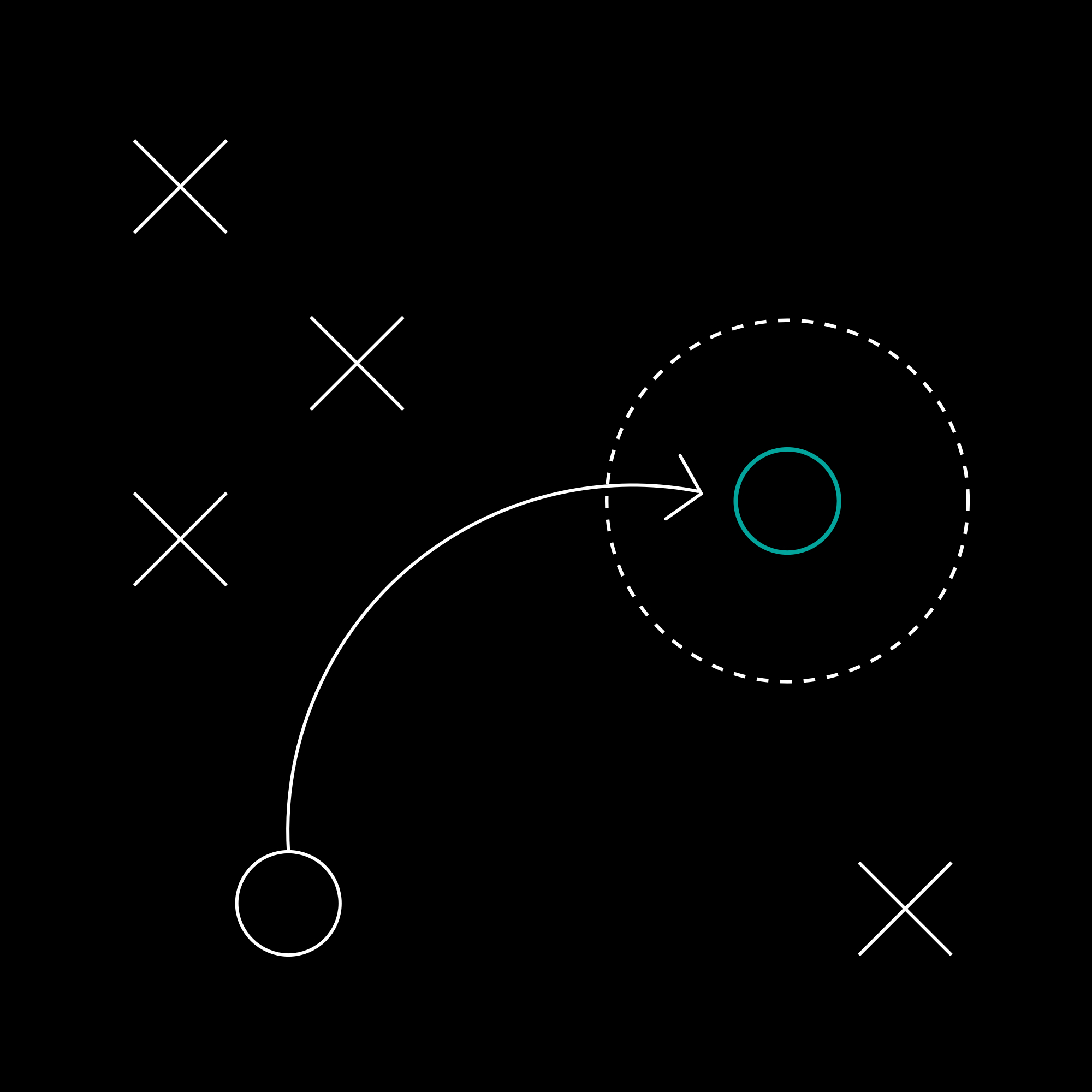FAQs
What are the common challenges in life cycle assessment?
EXPLORE MORE FAQsExplore the most common LCA challenges, from data collection and system boundaries to interpretation and compliance, and learn how to overcome these obstacles.
Ready to change sustainably?
Life Cycle Assessment (LCA) is a powerful tool for measuring environmental impact, but businesses often encounter obstacles during the process. From sourcing reliable data to defining system boundaries, LCA challenges can affect the accuracy and usability of results. Here’s a closer look at these common hurdles and how to address them.
Why is data collection one of the biggest LCA challenges?
Reliable data is crucial for an accurate LCA, but gathering it can be difficult. Many companies struggle with:
- Incomplete or inconsistent supplier data.
- Lack of access to primary data, relying on industry averages instead.
- Variations in data quality across different sources.
To overcome this, businesses can work closely with suppliers, use verified LCA databases, and establish consistent data collection processes.
How do system boundaries impact LCA accuracy?
Defining what’s included in an LCA study – such as cradle-to-gate or cradle-to-grave – can significantly influence the results. Unclear boundaries may lead to:
- Overlooking important lifecycle stages.
- Double counting impacts in supply chain analyses.
- Misinterpreting a product’s true environmental footprint.
- Clear and well-documented system boundaries help ensure transparency and comparability.
What challenges arise in impact assessment?
Translating raw data into meaningful environmental impact categories is complex. Some difficulties include:
- Selecting the right impact categories (e.g., carbon footprint, water use, or toxicity).
- Understanding how different environmental impacts interact.
- Handling uncertainty in models and assumptions.
- Using standardised LCA methods and software can improve consistency and confidence in results.
Why is interpreting LCA results challenging?
Even with high-quality data, making sense of LCA results can be difficult, particularly for non-experts. Businesses often struggle with:
- Comparing multiple scenarios effectively.
- Communicating results in a way that decision-makers can understand.
- Differentiating between significant and minor environmental impacts.
- Simplified reporting, visualisation tools, and expert guidance can make LCA results more actionable.
How does regulatory compliance add to LCA challenges?
Regulatory frameworks for sustainability reporting, such as the EU’s Product Environmental Footprint (PEF) or ISO 14040/44 standards, are constantly evolving. Challenges include:
- Keeping up with changing requirements.
- Ensuring LCA studies align with global standards.
- Managing the cost and complexity of compliance.
- Staying informed on policy changes and seeking expert advice can help businesses maintain compliance.
What role do LCA software tools play in overcoming challenges?
LCA tools such as SimaPro, GaBi, and OpenLCA help businesses streamline assessments, but they also come with challenges like:
- Steep learning curves for beginners.
- High costs for premium software solutions.
- Data integration issues with existing company systems.
- Choosing the right tool based on business needs and training employees on its use can improve efficiency.
How do businesses address LCA challenges?
Overcoming LCA challenges requires a proactive approach, including:
- Investing in better data management.
- Defining clear system boundaries from the start.
- Using expert-reviewed impact assessment methods.
- Simplifying reporting to improve decision-making.
Can small businesses effectively conduct an LCA?
Yes, but resource limitations can make it difficult. Small businesses can start with streamlined LCAs, leverage free databases, and seek external support via consultants to ensure accuracy.
What are the key takeaways for overcoming LCA challenges?
The most effective strategies include:
- Using high-quality data sources.
- Defining system boundaries carefully.
- Selecting appropriate impact assessment methods.
- Staying up to date with sustainability regulations.
By addressing these challenges, businesses can make LCA a valuable tool for sustainability and decision-making.
For expert guidance on managing LCA challenges, contact us.
Explore more FAQs on life cycle assessment
Ready to change sustainably?
Book a half-hour discovery session now to find out how we can help your business thrive in a net zero world.
Get Started
